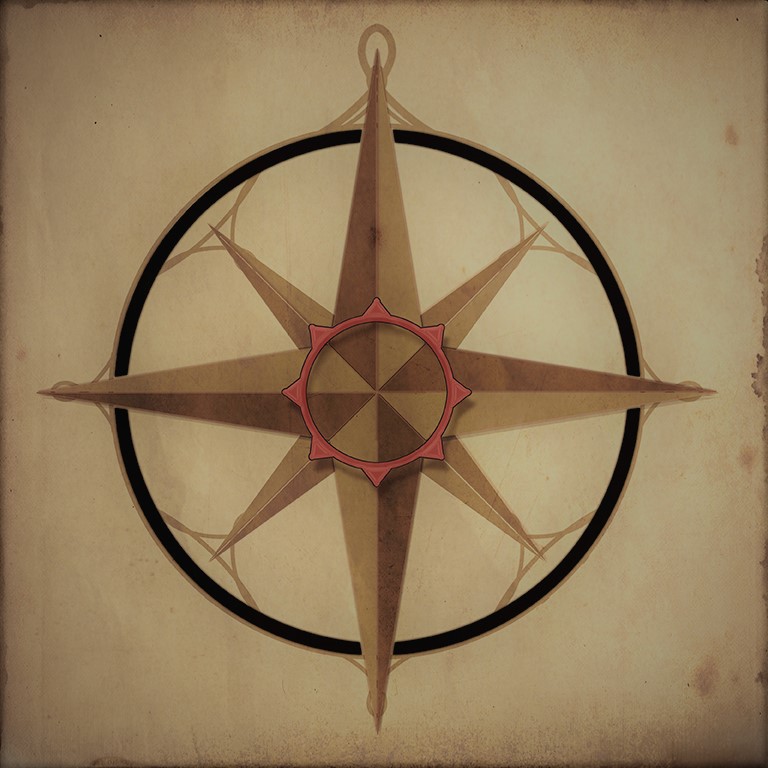Starting out in a two-state city… which is actually two cities.
In what feels like another lifetime now, I was accepted to the University of Missouri Kansas City’s graduate program for English. Why I applied in the first place is a long story, but I was mostly trying to fulfill requirements for an honor society fellowship I could win with my senior capstone project. I ended up winning the fellowship, but decided to leave the money on the table and pursue another future. Thoughts of Kansas City and UMKC slipped away altogether.
And then a few weeks ago, I found out my next project would be a new student housing development in Kansas City… right next to UMKC and Rockhurst University. Looks like I’m going to spend some quality time with UMKC and the good people of Kansas City after all!
Before I went to Des Moines in September last year, I’d never really been to the Midwest (if you don’t count a quick trip to Champaign, IL in 2016). Kansas City is completely new to me, and I look forward to exploring this place – I can already tell it’s quirky and unique.
In terms of travel (#travelgoals), I definitely felt like I’d gotten two states and two cities for the price of one when I found out my next project was Kansas City. “Welcome to Missouri,” Google Maps says as I’m driving, and a second later, “Welcome to Kansas.” What’s the difference between the two? From my perspective as a newly arrived outsider, not really that much. Just the Missouri River separates the two cities. However, since I tend to think in terms of economics and property, the Kansas side has Overland Park, a wealthier suburb to the southwest side of the city. The university and the biggest downtown districts are on the Missouri side, though. That’s where I’ll mostly be living and working, but I’ll be making trips to Kansas and exploring it as well.
The downtown districts – there are about six – are eclectic collections of new and historic buildings, few of which rise very high; the facades usually only rise 2-3 stories. Over the last 10 years, 6.5 billion dollars has gone into city development. Its highway system is an overall success and makes traveling from here to there pretty easy. It’s no rock star like Austin or Seattle, but there are 481,400 people here, a number that has recently jumped above the declining population of St. Louis, the next largest city for hours in any direction.
I researched a brief history of the city(s). The Missouri River brought settlement to the area in 1921 when Missouri was admitted to the Union. In 1825, the government relocated thousands of native Americans to reservations in central Kansas, where they were not allowed to leave for almost a hundred years. Independence, MO (not far from St. Joseph) started as the original departure point for settlers traveling to the west, but Westport in what is now Kansas City got cargo closer to land routes running west. From there, the development of the city took off.
To be clear, Kansas City started in Missouri. “Kansas” was derived from a native American word and Kansas was not yet a state when the city was named. Development on both the Kansas side of the river and the Missouri side grew quickly. There was quite a bit of contention and disagreement around the issue of the two cities in the pre-civil war period, the region saw conflict during the civil war, and then afterward the two sides never merged together. They remain two separate cities: KCMO (Kansas City, Missouri) and KCK (Kansas City, Kansas).
Interestingly, in the early 1900s, the Pendergast family gained power in the city (KCMO). Things went normally until the notorious Boss Tom (Thomas Pendergast), who governed the city first in office, then behind the scenes, for thirty years of mayhem. He famously ignored prohibition. Eventually he was indicted and imprisoned by a federal grand jury for income tax evasion. He died only six years later in 1945. All these shenanigans are probably the reason Kansas City has a bit of a seedy reputation as American cities go.
A few other interesting Kansas City facts:
- Hallmark, the largest greeting card maker in the world, began in KC in 1910 when Joyce C. Hall began selling postcards out of two shoeboxes at the local YMCA.
- Kansas City has more fountains than any city except Rome, and more boulevards than any city except Paris.
- Kansas City is known for its barbeque. I have not yet eaten the barbeque.
- In the late 1940s, 86 factories were manufacturing garments in KC.
- The city has 220 parks. That would be impressive, but for honesty, if many of them look like this I’m not too sure about their benefits past that of any green space that releases oxygen.
And on a final note, it is WINTER here. The weather is volatile by any state’s standards, but the icy midwestern wind and the ice/sleet/snow mix here is making me really look forward to springtime. The city is brown and flat right now, but I’ve seen pictures taken in summer, and the place transforms. I can’t wait.
In the meantime, there’s plenty of reading and writing and dreaming and coffee to do.
~ The Dauntless Princess ~
